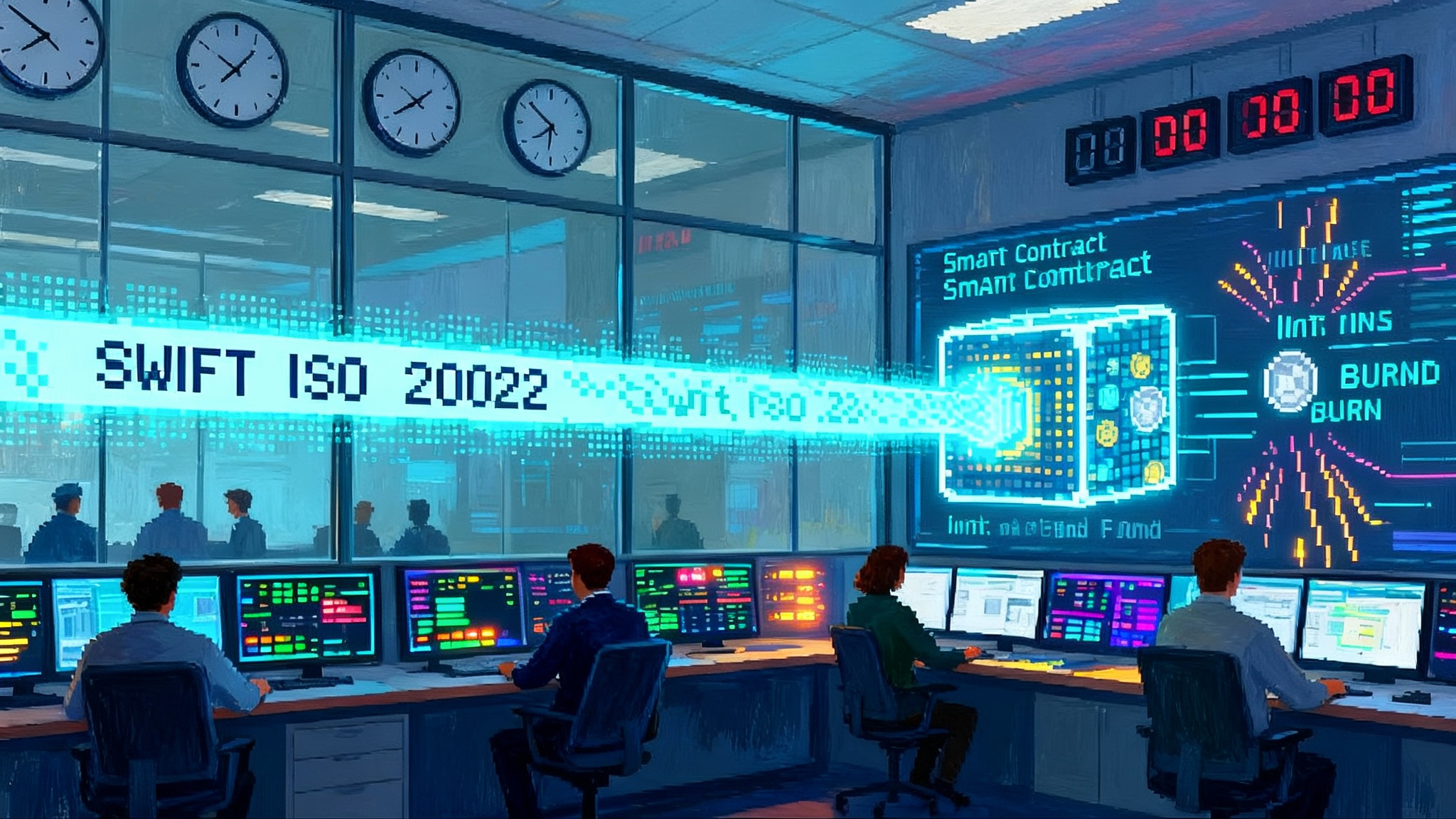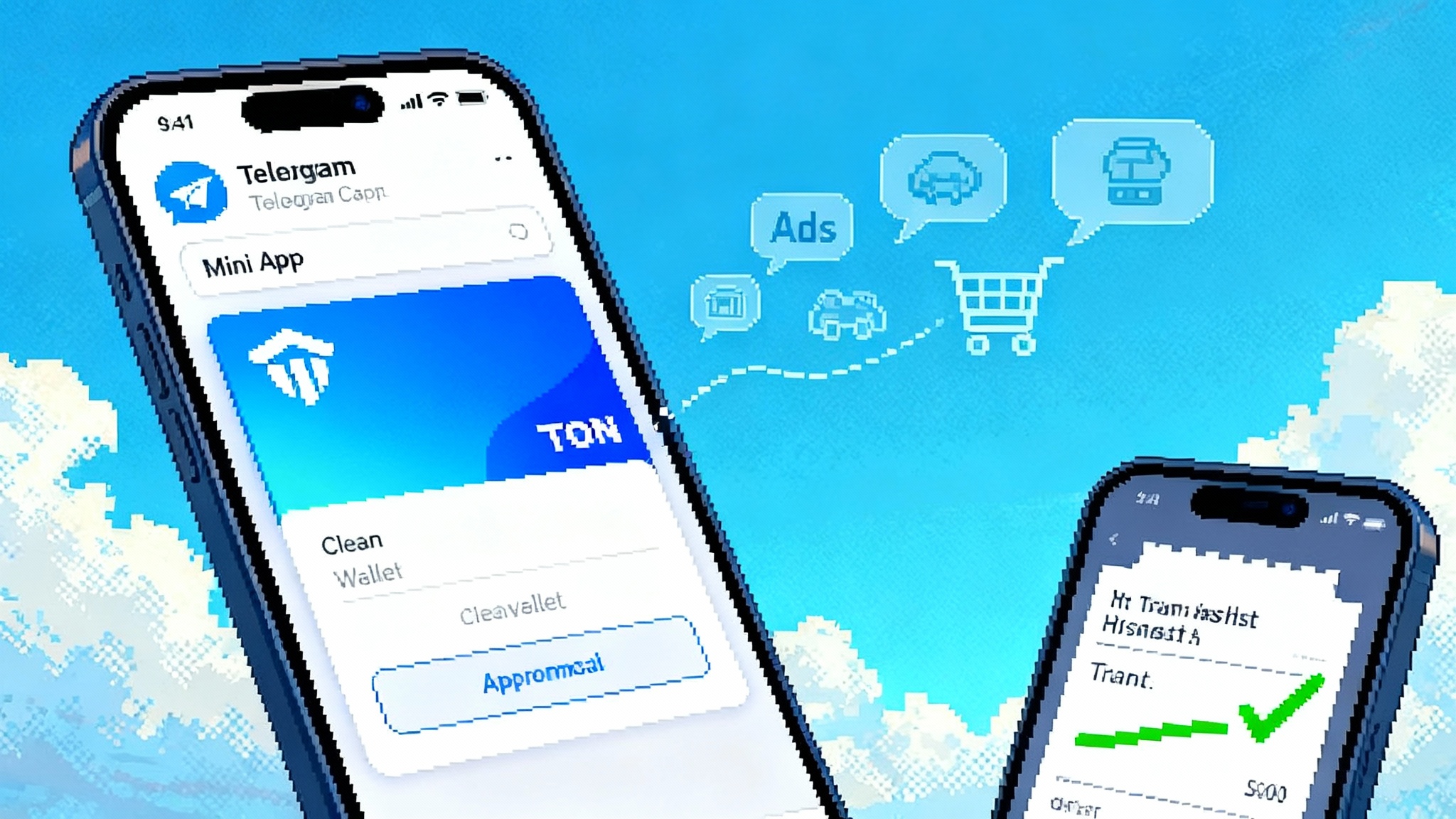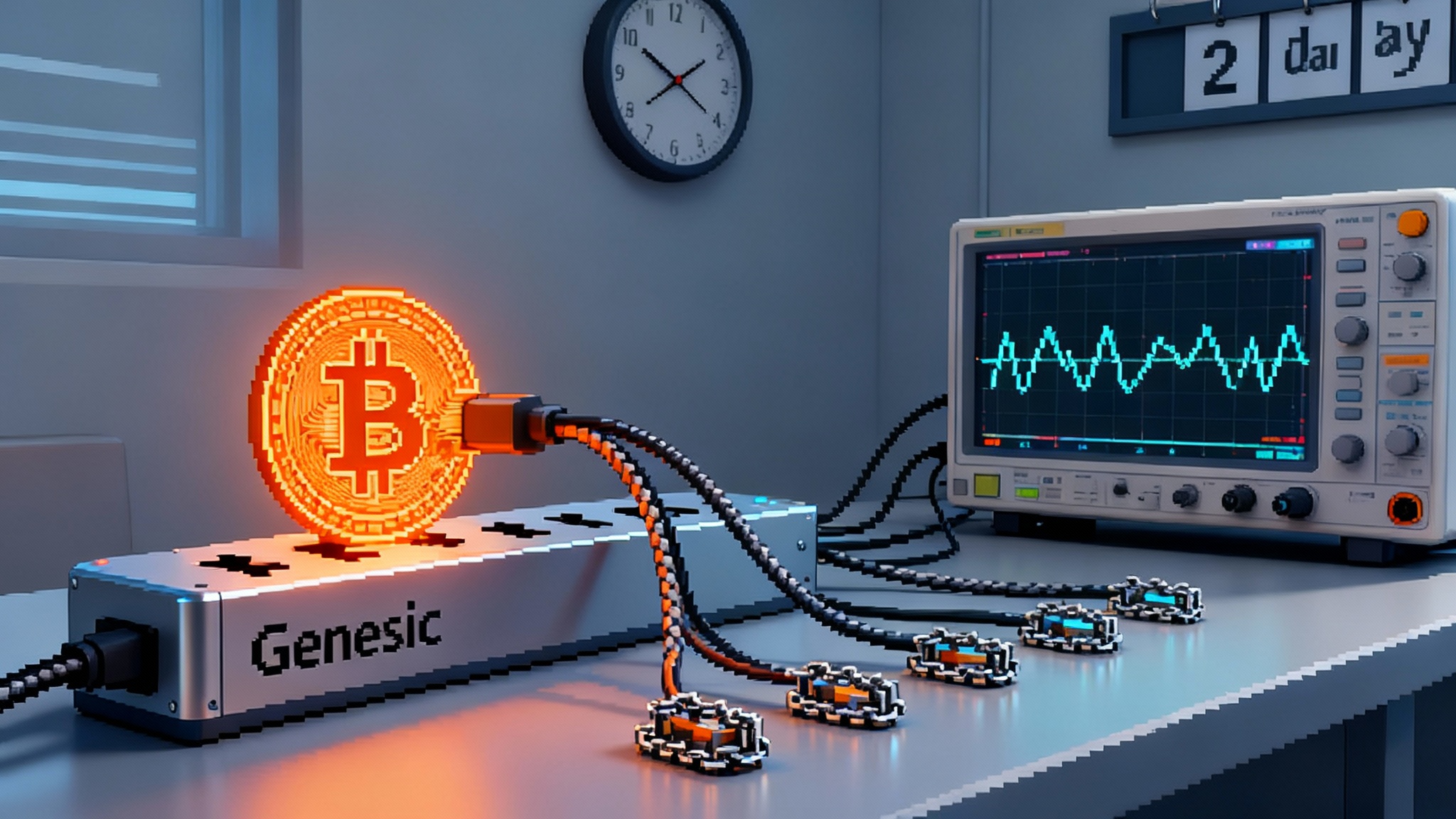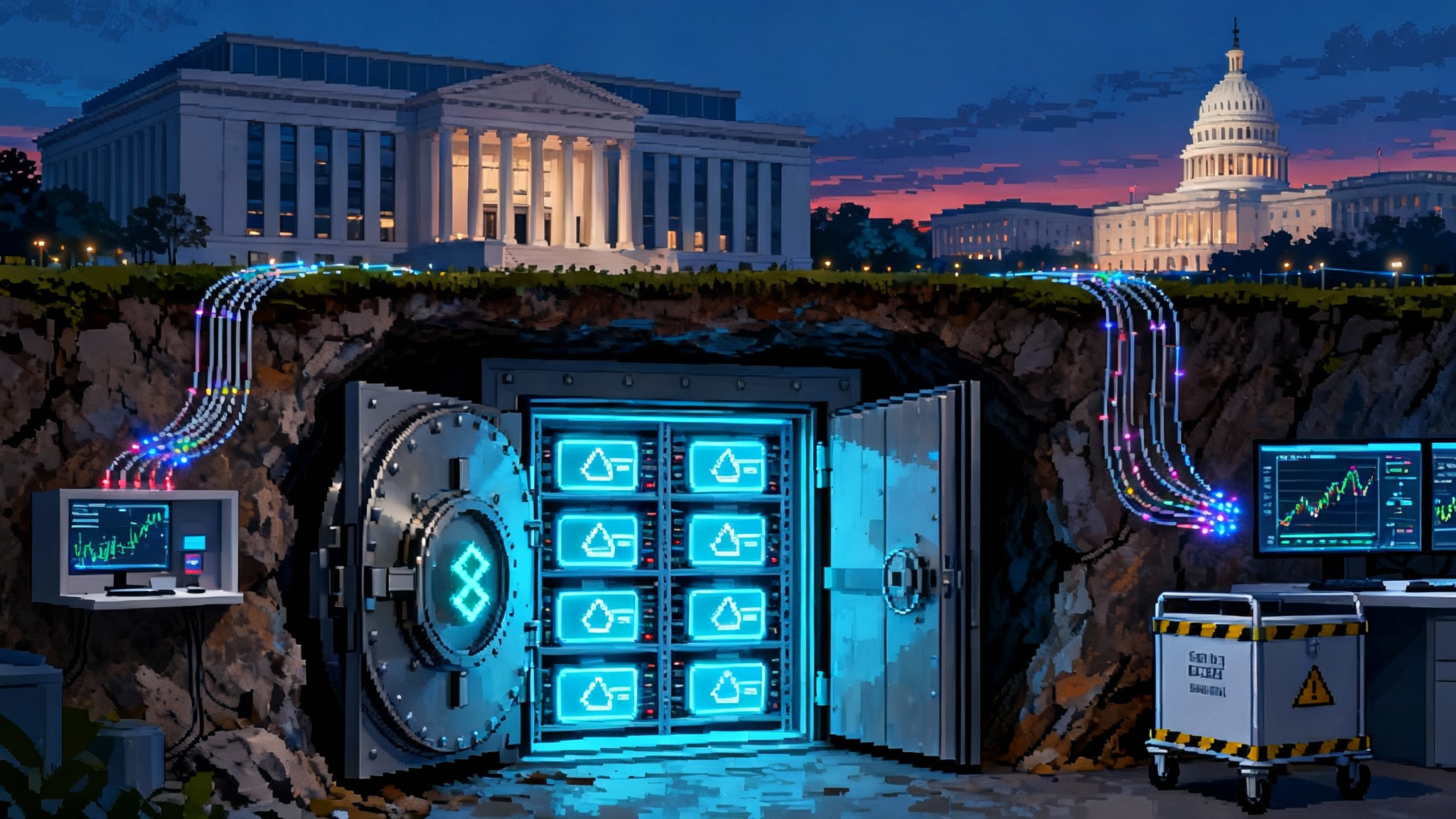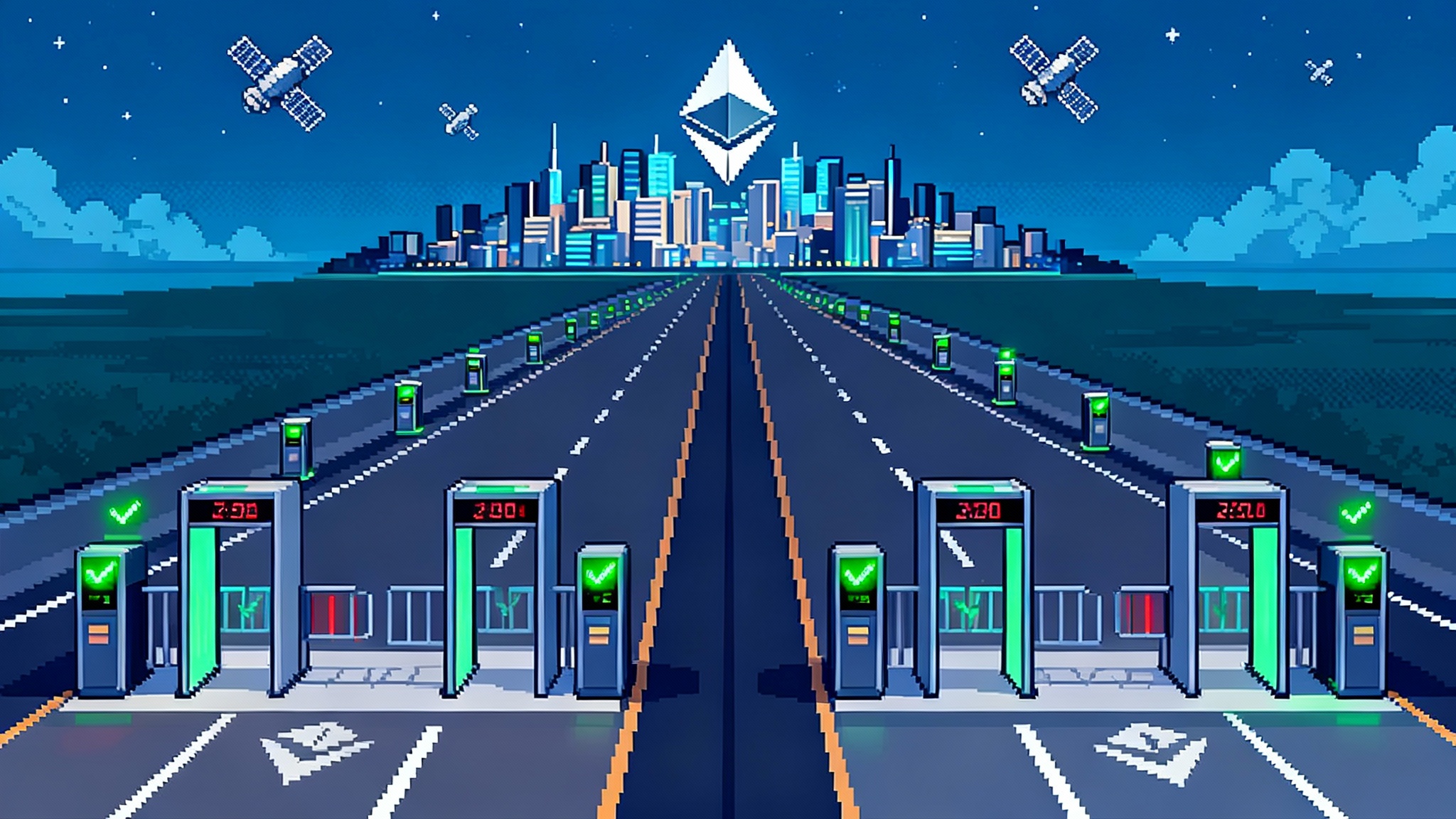Frankendancer Crosses the Chasm as Solana Enters Multi-Client Era
Frankendancer has become the default choice for a growing share of Solana validators, pairing MEV-ready economics with real client diversity while Firedancer marches toward full voting. Here is what changes for throughput, risk, and builders.

Breaking: Frankendancer just crossed the chasm
For years, Solana’s critics and champions agreed on one thing: a world-scale, single-client blockchain was a risk. This fall, that era is ending. Frankendancer, the hybrid validator developed by Jump Crypto that combines pieces of Firedancer with parts of the incumbent Agave code, has moved from curiosity to default option for a growing slice of mainnet stake. The growth spurt coincided with a practical milestone that mattered to validator economics: integration with Jito’s block engine for Maximal Extractable Value, often shortened to MEV. According to Galaxy research on Solana clients, Jito integration arrived in April 2025 and the portion of active stake running Frankendancer cleared the twenty percent mark by the fall.
The technical story is even bigger. Firedancer, the from-scratch C and C++ rewrite of Solana’s validator, continues to progress toward full voting on mainnet. Frankendancer is the transitional workhorse that proves the pipeline, removes single points of failure, and sets up a multi-client network where bugs in any one codebase do not threaten liveness.
Why a second client changes the network’s risk profile
Think of a commercial airline with a fleet of planes from only one manufacturer. A design flaw in a single part can ground every plane. A blockchain is similar. When most stake runs one client, a hidden bug is systemic. A multi-client network is like diversifying the fleet. Different implementations make the same protocol decisions but travel different code paths. That breaks correlated failure.
On Solana, Agave and Jito-Solana long dominated. Frankendancer introduces independent networking, packet handling, and block production logic while still relying on Agave for portions of the runtime. Even with that partial split, the practical outcome is powerful: separate implementations for critical stages reduce the chance that a single bug can propagate into consensus-wide issues. As full Firedancer phases in, the independence grows deeper.
There is a second effect that operators feel every epoch: performance. Frankendancer’s networking stack, signature verification, and block packing are built for parallelism and modern hardware. Validators report smoother leader slots, faster block dissemination, and fewer stressful tail latencies when markets heat up. That translates into more predictable rewards and a better end-user experience during peak times.
What Frankendancer actually swaps in today
Frankendancer is not marketing. Under the hood, it inserts key Firedancer subsystems into the standard validator pipeline:
- High-performance packet ingestion and networking that feed the node without becoming a bottleneck.
- A parallelized verification engine that pushes signature checks at very high rates.
- Block packing tuned for utilization to maximize compute-unit usage while reducing waste.
The runtime, banking, and some consensus scaffolding still come from Agave. That is the point. Frankendancer is the bridge that lets operators capture Firedancer’s speed gains and client diversity before the full rewrite completes its long tail of integration and audits.
The MEV incentive problem that slowed early adoption
If you ran a validator in early 2025, you knew the math. A significant share of rewards came from MEV. Jito’s block engine and relayer allowed searchers to bid for inclusion, while a validator that did not tap that pipeline earned less. Early Frankendancer builds did not capture MEV as well as Jito-Solana, which depressed adoption despite the technical appeal.
Two developments changed the slope of the curve. First, Frankendancer integrated with Jito’s block engine, narrowing the revenue gap and making the switch viable for more operators. Second, Jito began a broader redesign of block building called the Block Assembly Marketplace, or BAM. See the Jito Block Assembly Marketplace for how sequencing is becoming more programmable and more transparent with plugins, verifiability, and privacy controls for complex financial primitives.
There is also a governance undertone. Jito signaled a shift to route more protocol revenue to the Jito decentralized autonomous organization treasury through proposals like JIP-24. That direction reduces single-company control and opens the door to incentive experiments that could further align searchers, validators, and applications.
New RPC and validator tooling rolling out this fall
Multi-client is not only about validators. The developer surface changed quickly in September and October, and it matters for throughput.
-
RPC acceleration and richer history: Helius shipped a new archival backend and a specialized getTransactionsForAddress method in late October. That collapses multi-call patterns into one query, cuts latency, and reduces costly backfill jobs. It also makes wallets and explorers feel instant, which reduces user retries and duplicate traffic during volatile markets.
-
Global delivery and early data: Transaction Sender services now push to regional endpoints and parallelize submissions to both Jito and direct validator channels. Low-level Shred Delivery streams raw shreds as they arrive. For builders of market makers and perps exchanges, those milliseconds matter, particularly on leader slots where a small timing edge can swing outcomes.
-
Validator automation: Open source operators stepped up. The SLV toolkit added mainnet support in the spring, then rolled out zero-downtime upgrades for Firedancer in April and automated builds for Solana version 3 in late October. It even handled Solana’s testnet rollback and restart in early October, helping smaller operators adopt Frankendancer without bespoke scripts or sleepless upgrade windows.
-
New client experiments: Beyond Frankendancer, two additional client efforts matured. Syndica’s Sig focuses on reads-per-second for data-heavy apps and is written in Zig so more contributors can reason about the code. Overclock’s Mithril advances a Go implementation of the Solana Virtual Machine and runtime. Neither is production today, but their steady progress deepens the bench and pulls more talent into core development.
For context on market demand meeting throughput, see how Solana Spot ETFs go live is pulling new users into the ecosystem.
Throughput is rising from two directions: policy and engineering
Headline throughput is not just about a single validator. Two levers moved in 2025:
-
Policy: Solana’s open process for Solana Improvement Documents raised block compute limits from 48 million to 60 million compute units by midyear. That gives block builders more headroom to include complex transactions and reduces the frequency of painful congestion backoffs during peak mint seasons or market cascades.
-
Engineering: Frankendancer’s fast path squeezes more useful work into each slot. Better packing and network utilization mean the network uses the extra compute capacity rather than wasting it. When you combine bigger blocks with a client that reaches the ceiling more often, the real-world effect is higher sustained throughput, not just a higher theoretical peak.
Meanwhile, consensus research like Alpenglow is exploring shorter finality targets. Finality in the hundreds of milliseconds unlocks experiences that feel like a centralized exchange, without giving up the composability of a shared state machine. For a broader view of high-performance L1 design, see how Monad is rewriting the L1 vs L2 playbook.
What to watch as full Firedancer phases in toward 2026
-
Voting on mainnet: The line between non-voting and voting clients is a bright one. As Firedancer’s voting path clears audits and battle testing, watch for phased voting on mainnet in 2026. That moment will mark true client parity rather than hybrid dependence on Agave.
-
Stake delegation: The Firedancer team kicked off a delegation program to offset switching costs and encourage adoption by long-tail validators. Track how many operators graduate from incentives to sticky, self-sustaining use.
-
Jito economics: BAM changes who can build what inside the block, how fees flow, and which strategies are considered harmful. Follow governance proposals that redirect fees, set plugin rules, or codify constraints around private order flow.
-
Competing clients and light clients: Sig and Mithril are tests of whether a broader developer base can maintain core clients. Tinydancer pushes trust-minimized verification to the edge so wallets and mobile devices can verify what happened without running a heavyweight node.
-
Hardware and colocation: As clients get faster, the temptation to colocate and chase edge latency increases. Expect clearer guidance from ecosystem leaders on acceptable practices.
Implications for builders and operators
Here is how the shift shows up in daily decisions across the stack.
-
Validators: If you still run a single-client fleet, plan your migration path now. Start with Frankendancer on your non-leader machines to learn the operational playbook. Use automation tools that can perform zero-downtime upgrades, and configure fallback to Jito-Solana while you finalize MEV settings. For security, split monitoring and alerting across client-specific metrics so you do not miss symptoms unique to one codebase.
-
DeFi protocols: With BAM and Frankendancer, sequencing rules are in motion. If you run a central limit order book, perpetuals, or an auction-based mechanism, review how your fill fairness and price discovery interact with block assembly plugins. Add explicit protections against toxic flow and publish your expected sequencing preferences.
-
Consumer apps: Faster finality and richer history endpoints remove whole classes of user pain. Replace brittle pagination and retry loops with single-call historical queries where available. Use regional endpoints for both reads and transaction submission. When finality shortens, you can safely show optimistic UI states sooner.
-
Market infrastructure and capital markets: The combination of bigger blocks, faster clients, and programmable sequencing is the foundation for internet capital markets. If you operate a broker, a prime service, or a crossing network, start formalizing best execution policies for on-chain venues. See how UBS tokenized fund orders go live is pushing traditional standards toward on-chain workflows.
-
Data and risk teams: A multi-client network changes failure modes. Build playbooks that simulate client-specific bugs and network partitions. If you secure assets on behalf of customers, define policies for pausing or routing around a client family that shows anomalies. Use telemetry that tags blocks by client where possible so you can quantify exposure.
The near-term throughput path
Between now and the end of 2026, the clearest path to higher throughput is incremental and compound:
- Keep raising compute limits as the network demonstrates headroom without harming fairness or inclusion.
- Roll out more Frankendancer upgrades that are safe by default for average operators, not just high-frequency experts.
- Continue RPC improvements that shrink the gap between raw validator data and developer-friendly APIs. The smaller that gap, the fewer wasted retries and the more headroom the network keeps for useful transactions.
- Use BAM governance and client telemetry to make harmful patterns less profitable so capacity is preserved for real activity.
The bottom line
Frankendancer crossing the chasm is not just a headline about client diversity. It is the start of Solana’s multi-client era becoming visible to end users. Blocks land more predictably when markets are chaotic. Apps fetch history in one clean call instead of a thicket of fragile queries. Validators can choose clients and toolchains based on uptime and support rather than a single MEV lever. As the fully standalone Firedancer phases toward broader mainnet voting into 2026, the network’s risk surface shrinks even as its performance climbs.
The smartest builders will treat 2025 and 2026 as an integration window. Wire your systems to assume multiple validators, multiple sequencing paths, and multiple data backends. If you architect for diversity now, the next client upgrade will feel like a performance dividend rather than an operational scare. That is how you turn a technical milestone into a durable advantage: make the network’s new safety margin your app’s new speed lane.
